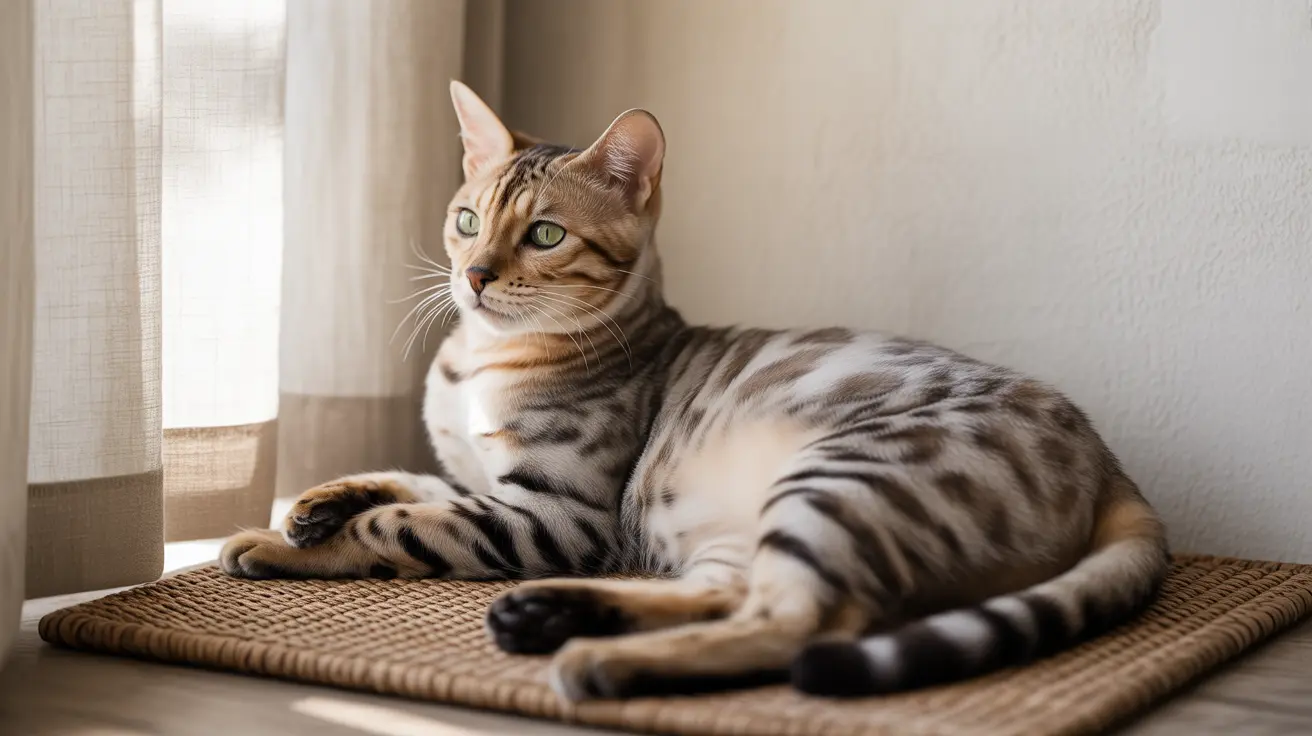When temperatures rise, knowing how to cool down a cat becomes crucial for every pet parent. Cats are particularly susceptible to heat-related issues, and unlike dogs, they don't show obvious signs of overheating until they're already in distress. This comprehensive guide will help you recognize the signs of an overheated cat and provide effective cooling strategies to keep your feline friend comfortable and safe.
Understanding Your Cat's Cooling System
Cats have a limited ability to cool themselves naturally. They primarily rely on their paw pads and grooming behavior to regulate body temperature. Unlike humans who can sweat across their entire body, cats only have sweat glands in their paws, making them particularly vulnerable to overheating.
Signs Your Cat Is Overheating
Being able to recognize when your cat is too hot can prevent dangerous situations from developing. Watch for these warning signs:
- Excessive panting or rapid breathing
- Drooling more than usual
- Lethargy or weakness
- Bright red tongue and gums
- Vomiting or diarrhea
- Stumbling or disorientation
Immediate Actions for an Overheated Cat
If you notice signs of overheating, take these steps immediately:
- Move your cat to a cool, quiet space
- Provide fresh, cool water
- Use damp towels on their body
- Contact your veterinarian
- Monitor their condition closely
Prevention: Keeping Your Cat Cool
Create Cool Spaces
Set up multiple cooling stations throughout your home:
- Place cooling mats in shaded areas
- Provide elevated beds for better air circulation
- Keep bathroom tiles accessible
- Create cave-like retreats in cool corners
Hydration Strategies
Proper hydration is essential for keeping your cat cool:
- Place multiple water bowls throughout the house
- Consider pet fountains to encourage drinking
- Add ice cubes to water bowls
- Serve wet food to increase moisture intake
Environmental Management
Control your cat's environment to prevent overheating:
- Use air conditioning when possible
- Close blinds during peak sun hours
- Ensure proper ventilation
- Create shaded outdoor areas
Special Considerations
High-Risk Cats
Some cats need extra attention during hot weather:
- Senior cats
- Overweight cats
- Long-haired breeds
- Flat-faced (brachycephalic) breeds
- Cats with health conditions
Frequently Asked Questions
How do I cool down a cat that is overheating?
Move them to a cool area, provide fresh water, and use damp (not cold) towels on their body. Contact your veterinarian immediately if symptoms are severe.
What are the early signs of heatstroke in cats that I should look out for?
Early signs include panting, excessive drooling, bright red gums, restlessness, and rapid breathing. These symptoms require immediate attention.
How can I safely cool down a cat with heatstroke before taking them to the vet?
Use room-temperature damp towels, provide access to cool (not cold) water, and move them to an air-conditioned space. Avoid using ice or very cold water.
What are some effective ways to keep a cat cool during hot summer months?
Provide multiple water sources, create cool retreats, use cooling mats, serve wet food, and ensure proper ventilation throughout your home.
Can I use ice packs or cold water to cool down an overheated cat?
Never use ice packs directly on your cat or submerge them in cold water, as this can cause shock. Use room-temperature damp towels instead.
Conclusion
Understanding how to cool down a cat is essential for every cat owner, especially during warm weather. By implementing these preventive measures and knowing how to respond to signs of overheating, you can keep your feline friend safe and comfortable year-round. Remember to always monitor your cat during hot weather and contact your veterinarian if you notice any concerning symptoms.






